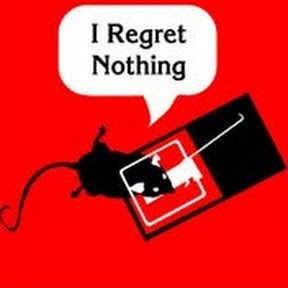So this company is now your landlord, your grocery provider, the employer to everyone in the neighborhood, etc. sounds like a great idea…
I’m all for this concept, but private companies doing this is an absolute nightmare.
"You load sixteen tons, what do you get?
Another day older and deeper in debt
Saint Peter don’t you call me 'cause I can’t go
I owe my soul to the company store"
-Tennessee Ernie Ford
I think this sort of development is a symptom of the largely inflexible nature of land use policies in the US. Since for the most part, the US is stuck with regressive policies like parking minimums and single family zoning. In our current state, it takes a private company to get past the bureaucracy. I think this shows that if there was a solid push for land use reforms, we wouldn’t need a private company to make livable, walkable cities. The market does exist for this kind of living in the US, even in a state like Arizona.
Honestly I can see a future where privately developed and owned enclaves may become the norm since as you say, it gives a rather high level of control to a company in terms of who lives there, who works there, etc. I imagine that this could be a very lucrative business model, especially without guardrails, like the US likes to do.
As a side note, I peeked at the Tempe zoning maps where this development is sited, and of note is the fact that this is built right next to the light rail which helps with carless living. The development is one of the few areas that are zoned mixed-use in Tempe, most of which are also located near the light rail. It seems like there are a lot of plans in store for that light rail but it goes slowly as it always does in the US
Every day we get closer to Earthseed :(
I seriously doubt that The Company is running the grocer, hair salon, or restaurants at the site anymore than your local strip mall owner does.
As if I would ever willingly move to Arizona /s
(sort of not /s though I hate heat)
As someone from AZ (Phoenix metro), the summers feel like desiccating in an oven for three months. July easily exceeds 115+ F highs! The only silver lining is that it’s very dry so evaporative cooling is effective and there are pretty Sonoran desert landscapes. Humidity is disgusting to me tho
🤖 I’m a bot that provides automatic summaries for articles:
Click here to see the summary
Johnson has the mien of a tech founder, with his company logo T-shirt and fashionable glasses, and was part of the founding team of OpenDoor, an online real estate business.
The development’s buildings are a Mediterranean sugar-cube white accented with ochre, and are clustered together intimately to create inviting courtyards for social gatherings and paved – not asphalt – “paseos”, a word used in Spanish-speaking parts of the US south-west to denote plazas or walkways for strolling.
There is a small car park, although only for visitors, some disgorged by Waymo, the fleet of Google-owned driverless taxis that eerily cruise around Phoenix with their large cameras and disembodied voices to reassure passengers.
To calm any nerves about making the leap to being car-free, Culdesac has struck deals to offer money off Lyft, the ride-sharing service, and free trips on the light rail that runs past the buildings, as well as on-site electric scooters.
Culdesac can be seen, then, as not only a model for more climate-friendly housing – transportation is the US’s largest source of planet-heating emissions and, studies have shown, suburban sprawl fuels more of the pollution causing the climate crisis – but as a way of somehow stitching back together communities that have become physically, socially and politically riven, lacking a “third place” to congregate other than dislocated homes and workplaces.
Driving to places is so established as a basic norm that deviation from it can seem not only strange, as evidenced by a lack of pedestrian infrastructure that has contributed to a surge in people dying from being hit by cars in recent years, but even somewhat sinister.
Saved 82% of original text.
They actually called it “Culdesac”? LMAO







